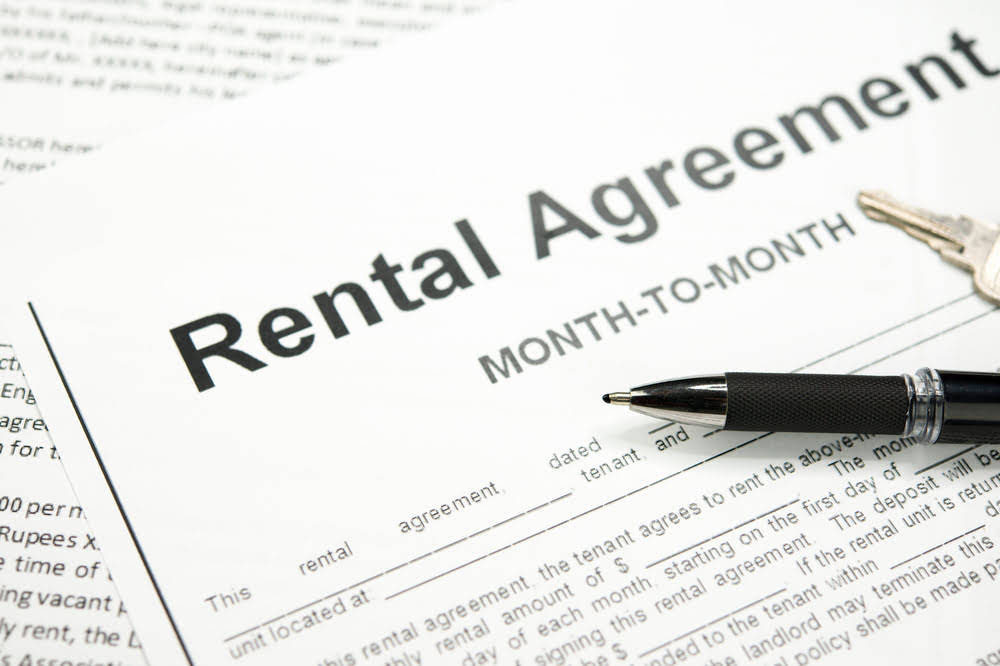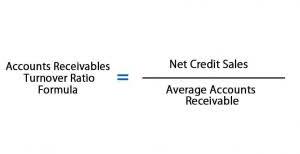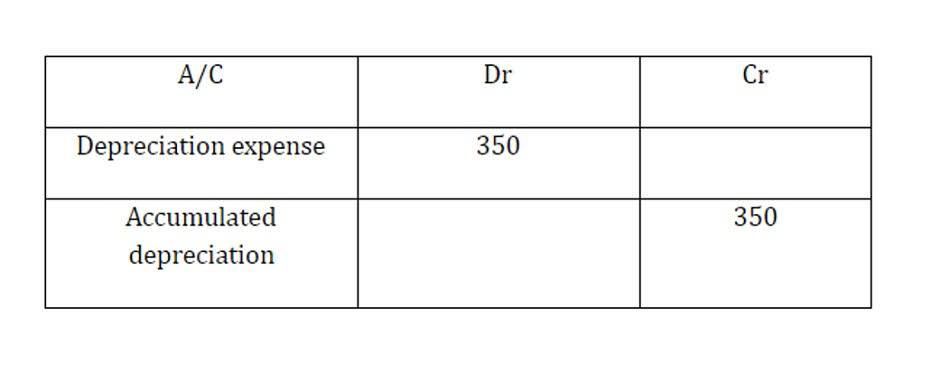Working Capital Ratio Meaning, Formula, Components, Examples

Generally, yes, if a company’s current liabilities exceed its current assets. This indicates the company lacks the short-term resources to pay its debts and must find ways to meet its short-term obligations. However, a short period of negative working capital may not be an issue depending on the company’s stage in its business life cycle and its ability to generate cash quickly. The working capital ratio is crucial for assessing a company’s short-term financial health. It measures the firm’s ability to cover its current liabilities using its current assets. A high working capital ratio indicates better liquidity and financial stability, while a low ratio may signal potential cash flow issues.

How is working capital calculated?
To predict how these optimizations will impact your working capital, you can again look to the calculator. You may, for example, want to check what effect shortening collection times will have on your accounts receivable or what an increase will do to your inventory turnover rate. To improve working capital ratio meaning your working capital (which is Current Assets minus Current Liabilities), you’ll need to either increase your current assets or reduce your current liabilities. Current assets are assets that a company can easily turn into cash within one year or one business cycle, whichever is less.

How Do You Calculate Your Working Capital Ratio?
The working capital ratio or the current ratio helps businesses measure their liquidity by dividing current assets by current liabilities. This ratio helps estimate a business’s current assets as a proportion of its current liabilities and assess its operational efficiency and financial health. It is meant to indicate how capable a company is of meeting its current financial obligations and is a measure of a company’s basic financial solvency.
- This ratio helps estimate a business’s current assets as a proportion of its current liabilities and assess its operational efficiency and financial health.
- This is measured by dividing total current assets by total current liabilities.
- Industries with longer production cycles require higher working capital due to slower inventory turnover.
- Working capital is the amount of money your business needs to conduct its short-term operations.
- Hence, the working capital ratio analysis is a significant tool for assessing the short-term financial viability and liquidity of a company.
- As with other performance metrics, it is important to compare a company’s ratio to those of similar companies within its industry.
Difference between current ratio and working capital ratio
Working capital is also part of working capital management, which is a way for companies to make sure they are sufficiently liquid yet still using cash and assets wisely. If a company has a low ratio relative to its peers, then it’s not selling many products from its inventory and its inventory management is likely inefficient. Such companies are considered to have poor liquidity, meaning they’re financially weak. The more surplus a business has, the more cushion it has in times of economic uncertainty.


This ratio can also help you predict upcoming cash flow problems and even bankruptcy. Working capital refers to the funds that help you meet the daily expenses and needs of running your business, https://www.bookstime.com/ such as payroll or paying for software, tools, and supplies. This ratio is especially important during a recession since it allows you to analyze your company’s financial health without bias.
Calculate the working capital ratio
Can the working capital turnover ratio be negative?
- An examination of working capital takes into account key elements of a company’s basic business operations, such as inventory, accounts receivables and accounts payables.
- When current assets exceed current liabilities, the firm has enough capital to run its day-to-day operations.
- As noted earlier, this is a sign of poor financial health and means a company may need to sell a long-term asset, take on debt, or even declare bankruptcy.
- Shaun Conrad is a Certified Public Accountant and CPA exam expert with a passion for teaching.
- The inventory turnover ratio looks at how well a company manages its inventory, which is another aspect of managing cash and cash-like assets that goes into working capital.
- Still, it’s important to look at the types of assets and liabilities and the company’s industry and business stage to get a more complete picture of its finances.
Working Capital Formula
